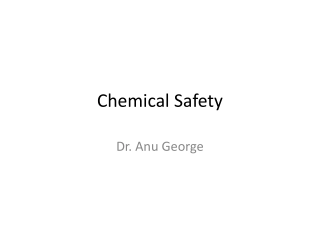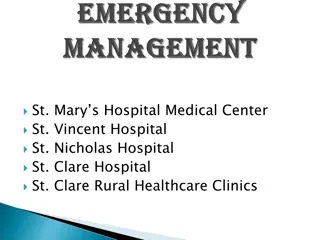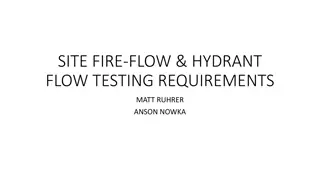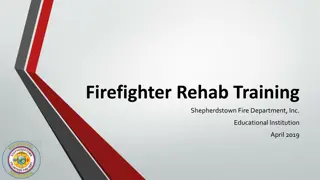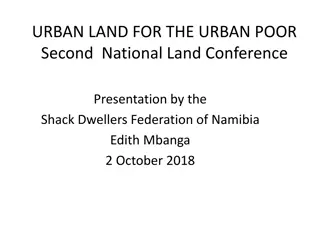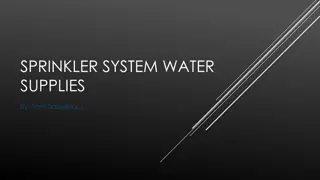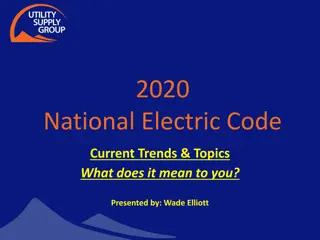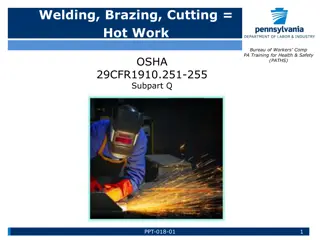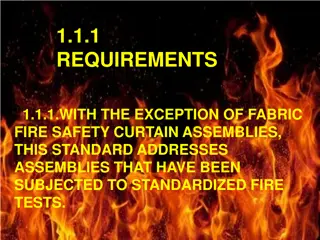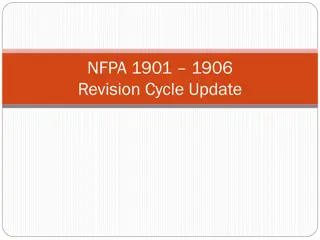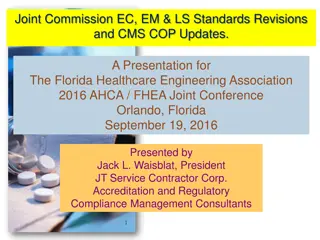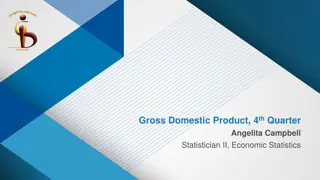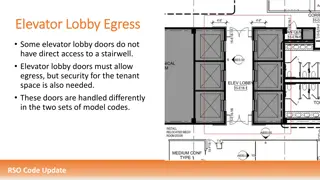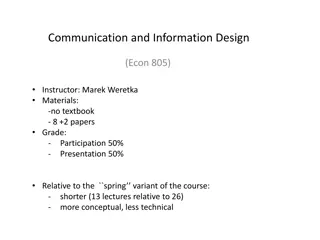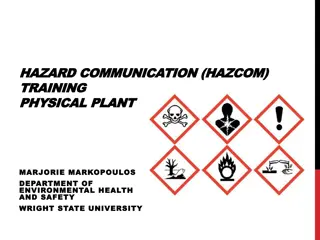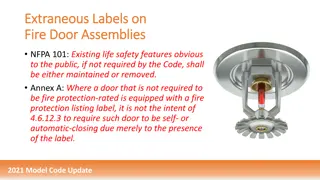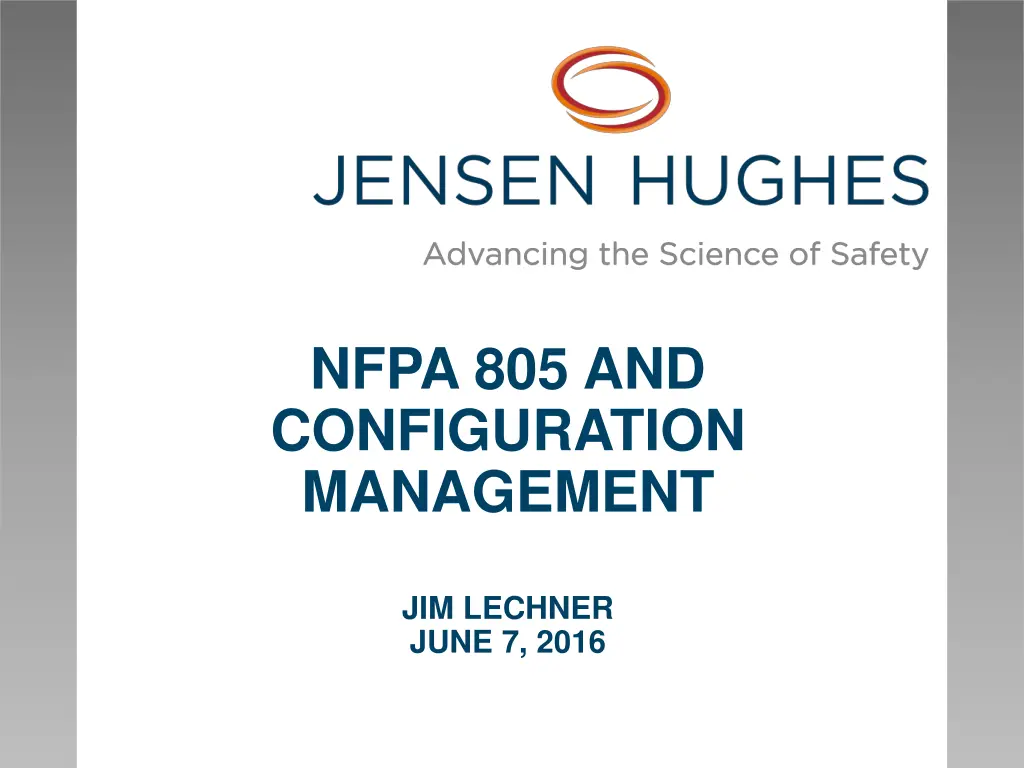
Configuration Management and NFPA 805 Guidelines
"Learn about the importance of configuration management in aligning documentation with nuclear plant and license requirements according to NFPA 805. Explore the scope, control map, and documentation concerns to ensure compliance and safety."
Download Presentation

Please find below an Image/Link to download the presentation.
The content on the website is provided AS IS for your information and personal use only. It may not be sold, licensed, or shared on other websites without obtaining consent from the author. If you encounter any issues during the download, it is possible that the publisher has removed the file from their server.
You are allowed to download the files provided on this website for personal or commercial use, subject to the condition that they are used lawfully. All files are the property of their respective owners.
The content on the website is provided AS IS for your information and personal use only. It may not be sold, licensed, or shared on other websites without obtaining consent from the author.
E N D
Presentation Transcript
NFPA 805 AND CONFIGURATION MANAGEMENT JIM LECHNER JUNE 7, 2016
CONFIGURATION MANAGEMENT THREE BALL MODEL The Actual Physical Configuration of SSCs What the plant really looks like The Facility Configuration Information What the drawings, specifications and other documentation says The Design Requirements What needs to be there (What the NRC Thinks is there) How does that apply to Fire Protection? www.jensenhughes.com 2
WHAT IS OUR JOB AS CONFIGURATION MANAGERS? KEEPING THE DOCUMENTATION ALIGNED WITH THE PLANT AND THE LICENSE REQUIREMENTS Appendix R has a relatively small scope of SSCs and design requirements. Typically ECCS and Onsite Power/Support Systems and some administrative controls NFPA 805 requires a much larger scope of SSCs, design requirements and programmatic elements to demonstrate compliance. Fire PRA credits most possible ways to get water in the pot and any available Power/Support systems along with numerous administrative controls www.jensenhughes.com 3
CONFIGURATION CONTROL SCOPE Inputs and Assumptions Supporting Analyses IPE Model FPRA Quality (Peer) Review Ignition Sources NFPA 805 Configuration Control Map Recovery Actions & Feasibility (AOPs) Fire Modeling Scenarios FPRA Fire Area basis; relies on plant geometry (fire barriers/plant partitions) Fuel Packages Target Sets FPRA Equip. List FREs FHARE Review (EEE) Circuit Analysis Req d FP Systems/ Features (Monitoring) VFDRs Cable Routing Data NSCA NPO Review S/D Risk Management SSD Equipment NPO Equip. List License Amendment Request Licensing Action Review RCA & Rad Controls Rad Release Evaluation Pre-Fire Plans Fire Dept. Training RAIs Fire Protection System NFPA Code Reviews Fundamental FP Program Review Fire Detection System FP Prog. Admin Controls www.jensenhughes.com 4
DOCUMENTATION CONCERNS Scope FPRA Assumptions Fire Modeling Zones of Influence (how they are derived) Credit is taken for Operating Procedures and How Operators Respond Very tight reliability and availability values of FP Systems Programmatic Elements Credit is taken for Administrative Controls (i.e. transient combustibles) Fire Brigade Performance NFPA Code Conformance Surveillance Requirements and Acceptance Criteria defined Safe Shutdown SSCs, Circuit Analysis, and Assumptions Spurious Operations Combinations and Probabilities Non-Power Operations concerns www.jensenhughes.com 5
DOCUMENTATION CONCERNS CONT. Radioactive Release Engineered features like floor drains and HVAC credited Storage limits imposed on contaminated materials Fire Brigade Training System Performance MAPP runs etc. to define specific system response to events Timelines developed Onsite/Offsite Power credit Availability of Instrument Air Etc. www.jensenhughes.com 6
CONFIGURATION CHANGE PROCESS Point of Entry Fire Protection is Part of Applicability Determination Process When is 10 CFR 50.48 the YES Answer for Licensing Process? Appendix R concerned with no adverse impact to safe shutdown. Very few License Amendments using 10 CFR 50.48 NFPA 805 concerned with increases in Fire Risk Easier to get to YES 10 CFR 50.48 is applicable process Under NFPA 805 the Process is called Change Evaluation FAQ 12-061 to NEI 04-002 www.jensenhughes.com 7
CHANGE EVALUATION PROCESS Defining the Change Define Change Yes Change Trivial? Document No Preliminary Risk Screen No Impact Potentially Greater than Minimal? Yes Yes Related to NFPA 805 Ch 2, Ch 3, NPO, Rad Release, etc.? No Risk Evaluation Fire PRA Technical Adequacy Assessment Quantitative Risk Evaluation Qualitative Risk Evaluation Acceptance Criteria Delta CDF & LERF meet criteria? DID & SM maintained? Uncertainty addressed? Qualitative Risk change acceptable? DID & SM maintained? No A Explore other Resolution Strategies Yes No Yes Yes Is a Are Change Not Acceptable Without License Amendment License Amendment Required? Viable Alternatives Available? 10 CFR 50.48(c)(2)(vii) 10 CFR 50.48(c)(4) Other A No No Provide Completed Review Package Documentation Update Fire Area Change Evaluation Document (e.g., FSA) Prepare License Amendent www.jensenhughes.com 8
RESPONSIBILITIES Design Engineers and other Originators of Changes Use of FP Impact Screening Process to provide initial assessment of FP Licensing Basis touchpoints Fire Protection Program Owners FP Systems and Programmatic Elements Safe Shutdown (NSCA) Engineers NSCA/Safe Shutdown Databases and Analyses FPRA Practitioners Fire Modeling Qualitative Risk Evaluations Quantification Regulatory Affairs License Amendments www.jensenhughes.com 9
WHAT DOES GOOD LOOK LIKE? GOOD DOCUMENTATION Understood by Fire Protection Program Owner at Site Repeatable by Site Engineers In a format that explains any assumptions made Provides documented basis for decisions www.jensenhughes.com 10
LESSONS LEARNED NFPA 805 Not Resource Neutral Higher burden on FP analytical staff FPRA Now Part of License Basis PRA No longer beyond design basis and exempt from QA, etc. Culture Change Required from all staff Recognition of the many ways to change the plant Much lower threshold for FP License to be impacted Not all Fire Locations created equally www.jensenhughes.com 11
CONCLUSION Documentation of process is KEY Comprehensive Lists of Supporting Analyses Detailed listing of Assumptions Fire Protection DBD Document of License Bases How do you comply area by area? Having Good Tools Databases and Software Tools FPRA Scenario Drawings Ignition Sources Fuel Packages Target Sets (Equipment, Cables and Raceways) www.jensenhughes.com 12
QUESTIONS? Contact Jim Lechner +1 402 672-0503 jlechner@jensenhughes.com For More Information Visit www.jensenhughes.com www.jensenhughes.com 13


